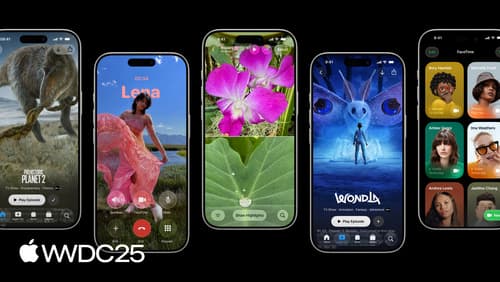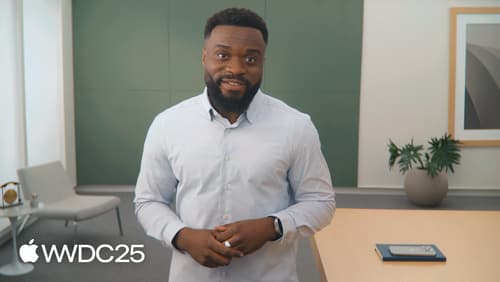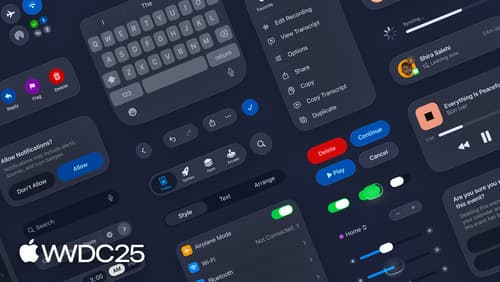iOS26 tab bar
Asked on 2025-06-16
1 search
In iOS 26, the tab bar has been updated with a new design that includes several enhancements. The tab bar now floats above the content and can be configured to minimize on scroll, which helps keep the focus on your app's content. This behavior can be adopted by setting the "top bar minimize behavior" to the desired direction, such as "onscroll down" for the tab bar to re-expand when scrolling in the opposite direction. This feature is demonstrated in the TV app, where the tab bar minimizes and re-expands based on scroll direction.
Additionally, the tab bar supports persistent features using accessory views, such as media playback controls, which remain visible across your app. This is particularly useful for apps that require additional controls close at hand, like a playback view in a music app.
For more details on how to implement these features in a UIKit app, you can refer to the session Build a UIKit app with the new design (02:08).

Build a UIKit app with the new design
Update your UIKit app to take full advantage of the new design system. We’ll dive into key changes to tab views, split views, bars, presentations, search, and controls, and show you how to use Liquid Glass in your custom UI. To get the most out of this video, we recommend first watching “Get to know the new design system” for general design guidance.

Build a SwiftUI app with the new design
Explore the ways Liquid Glass transforms the look and feel of your app. Discover how this stunning new material enhances toolbars, controls, and app structures across platforms, providing delightful interactions and seamlessly integrating your app with the system. Learn how to adopt new APIs that can help you make the most of Liquid Glass.

Get to know the new design system
Dive deeper into the new design system to explore key changes to visual design, information architecture, and core system components. Learn how the system reshapes the relationship between interface and content, enabling you to create designs that are dynamic, harmonious, and consistent across devices, screen sizes, and input modes.
